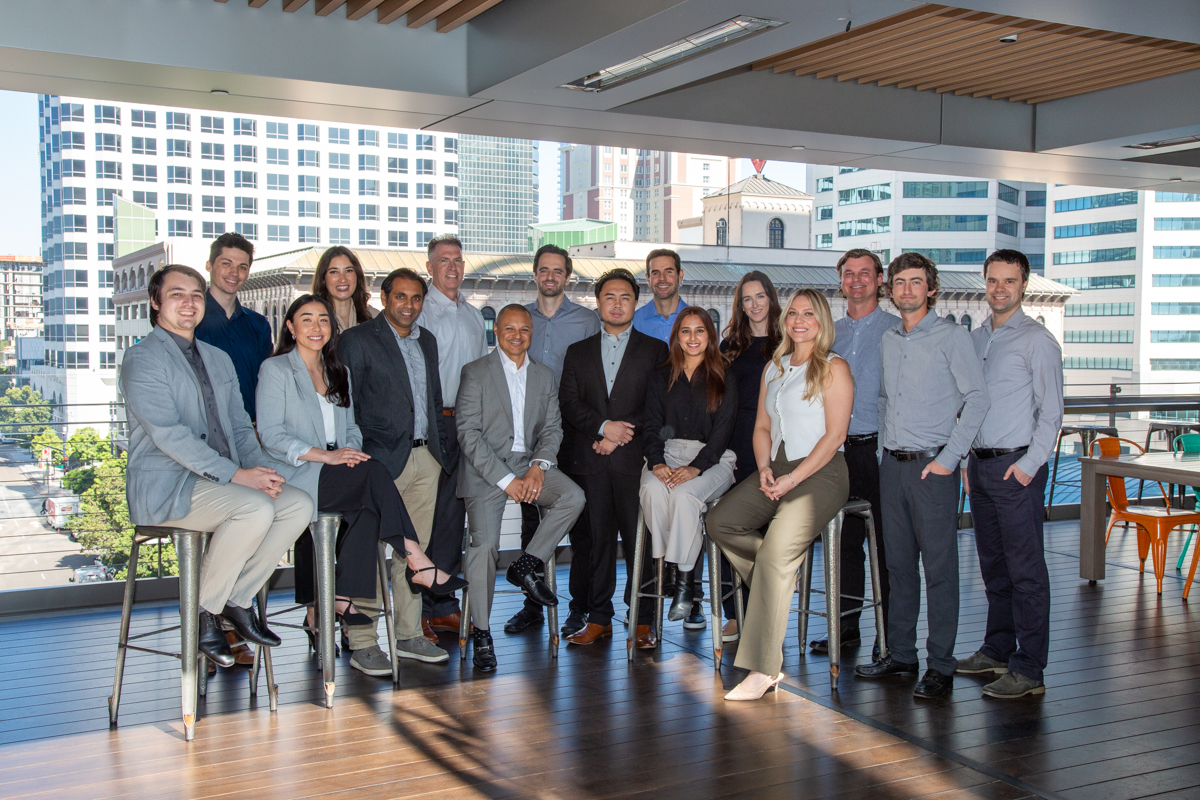About Us
At Pricing I/O , everyone is a passionate practitioner of fluff-free, precision monetization consulting.
Our goal? Hand you the power to end monetization guesswork and grow your organization to its full potential.

Reinventing monetization, accelerating growth
Stay curious. Take the lead. Help others.
Founder Marcos Rivera learned this philosophy from his mom, raised by her in a 1-bedroom apartment in the Bronx.
After successfully navigating the corporate consulting world for two decades, Marcos founded Pricing I/O in 2019 with these principles in mind – and a commitment to helping businesses reach their full potential without the filler and doublespeak of traditional consulting firms. To put our morals where our mouth is, we’ve even open-sourced our monetization strategies for anyone to use.
All together, we call this ethos “Street Pricing”. But you can just call it “really damn effective.”
Today, the team at Pricing I/O has helped hundreds of companies capture a combined $400M in additional ARR – and counting. Using unmatched domain expertise, proven frameworks, and creative problem solving, Pricing I/O helps organizations liberate their growth plans from theoretical scenarios with practical solutions that deliver results and install knowledge that pays dividends over time.
Founder-led, philosophy-driven

Our story unwrapped
We would rather give you a winning monetization model versus a 400-slide deck. We’ve helped 350 companies and enjoy the best word of mouth in the industry.

We love helping the most innovative B2B SaaS companies - we don’t do pricing for candy bars or tennis shoes.

We integrate into your process seamlessly and get into the weeds so you don't have to.

Unlike big consulting, Companies actually implement our recommendations, because we collaborate with you from day one.

Our Approach
Replacing guesswork with proven frameworks
Others hand you a 400-page slide deck and a huge bill. We work with you, collaboratively, to give you a right-sized solution and strategic coaching for impact that lasts beyond the scope of our engagement.

Our Team
We're fluent in B2B SaaS - without the B.S.
Pricing I/O are passionate practitioners who are as personable as they are pragmatic. (Say that five times fast.) Our team wield their deep expertise to solve the most complex pricing problems for our clients every day.

Marissa Nielsen
Senior Assistant
San Diego, CA

Rachel Wolf
Marketing and Executive Coordinator
Los Angeles, CA
The values we live by
Passionate
Enjoy the work
Stay engaged, persistent, and accountable
Inclusive
Respect different experiences
Promote unity
Opportunistic
Be resourceful and curious
Own the wow
Thoughtful
Have compassion
Be two steps ahead
We're ready to get started. Are you?
Build a new monetization model without spending six months and $1M to do it. Let our pricing experts share more about our differentiated approach and philosophy to see if it’s right for you.













